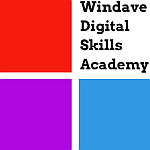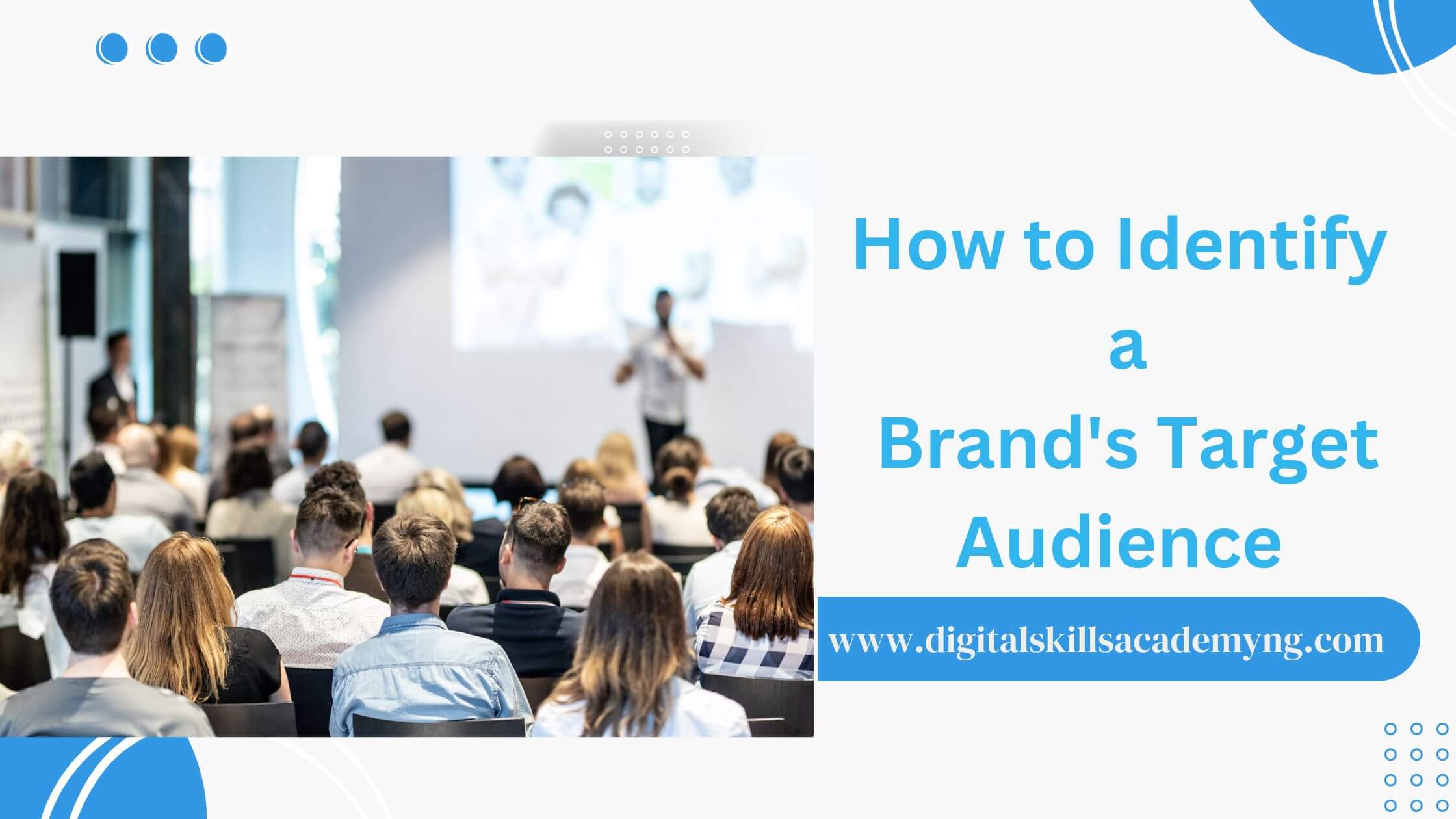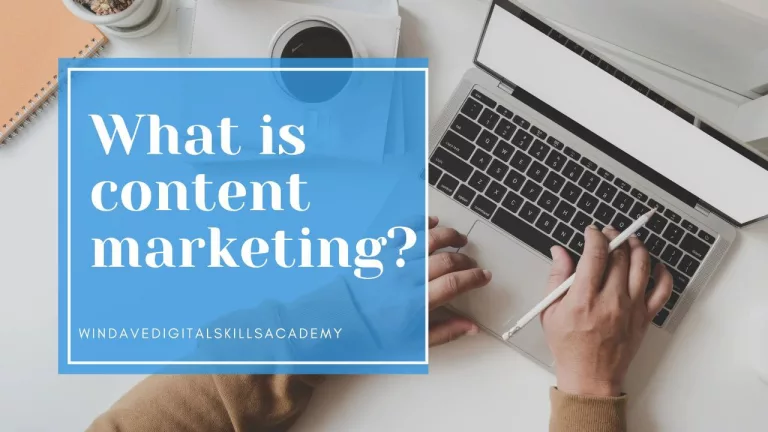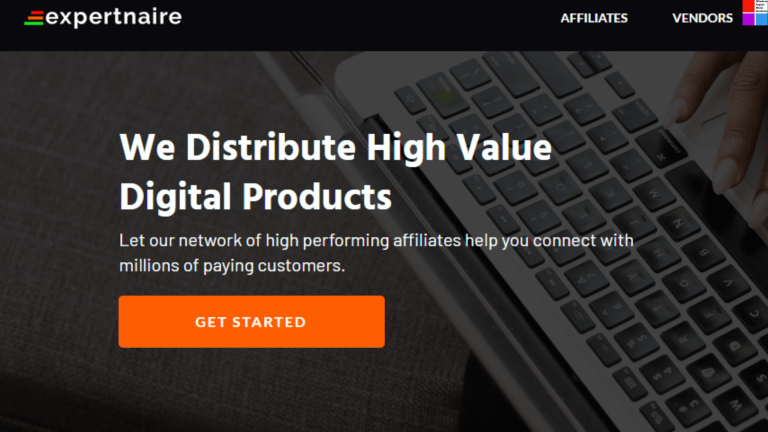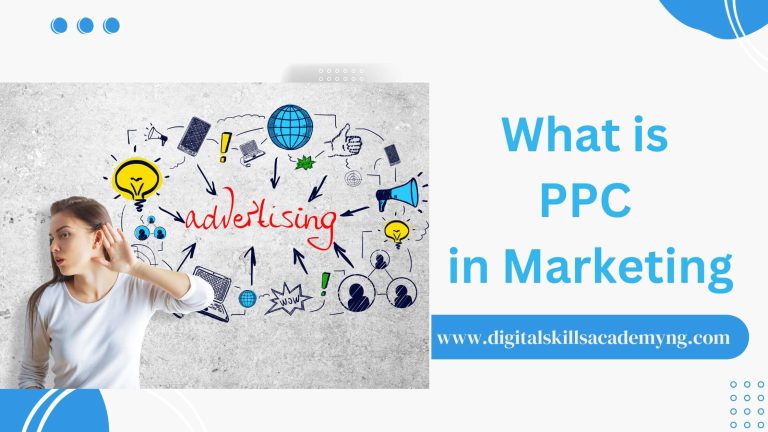How to Identify a Brand’s Target Audience
When it comes to building a successful brand, identifying your target audience is one of the most critical steps.
Knowing who your ideal customers are ensures your efforts resonate with the right people, save resources, and increase the likelihood of business growth.
READY TO START AND GROW A PROFITABLE ONLINE BUSINESS?
Table of Contents
What Is a Target Audience?
A target audience is a specific group of people that your product or service is meant for.
These are the individuals most likely to benefit from what you offer and, therefore, the ones most likely to buy from you. Your target audience can be defined based on various characteristics, including:
- Demographics: Age, gender, income level, education, marital status, etc.
- Geographics: Where they live or work.
- Psychographics: Their values, interests, lifestyles, and attitudes.
- Behaviour: Their buying habits, brand loyalty, and online activity.
Think of your target audience as the “bullseye” of your marketing efforts; everything you create, from ads to social media posts, should be crafted to speak directly to them.
Why Is Understanding Your Target Audience Important?
Understanding your target audience provides you with a clear direction for your business.
Here’s why it’s so important:
- Better Engagement:
When you know what your audience wants, you can create messages and offers that grab their attention and speak to their needs.
- Efficient Marketing:
Instead of wasting money on broad campaigns that don’t resonate, you can focus on specific groups likely to convert into customers.
- Product/Service Development:
By understanding their pain points and desires, you can design products and services that solve their problems effectively.
- Stronger Brand Loyalty:
When people feel understood, they’re more likely to trust and remain loyal to your brand.
- Increased Revenue:
Ultimately, connecting with the right audience leads to more sales and business growth.
Types of Target Audiences
Not all target audiences are the same.
Depending on your brand or goals, your audience may fall into different categories.
Here are the main types:
- Primary Audience:
This is your ideal customer—the people you’re targeting directly with your product or service.
Example: A gym targeting young adults looking to lose weight.
Secondary Audience: These individuals may not buy directly from you but influence your primary audience.
Example:
Parents who might encourage their children to use a tutoring service.
- Tertiary Audience:
Groups who may not directly benefit from your product but could promote or recommend it.
Example:
Fitness influencers are promoting gym memberships to their followers.
How to Identify Your Target Audience
Here are actionable steps to help you determine who your target audience is:
1. Analyze Your Existing Customers
Start by looking at your current customers. Who are they? What do they like about your product or service?
Identify patterns in age, location, interests, and purchase behaviour.
2. Study Your Competitors
Your competitors are likely targeting similar audiences.
Study their marketing strategies, customer reviews, and social media interactions to uncover valuable insights.
3. Create Audience Personas
An audience persona is a fictional representation of your ideal customer.
Include details like:
- Name: “Sarah, 28 years old”
- Job: “Marketing Executive”
- Goals: “Wants to save time managing social media.”
- Challenges: “Struggles to keep up with new trends”
4. Use Data and Analytics
Leverage tools like Google Analytics, social media insights, or surveys to gather data on who is interacting with your brand and how.
5. Define Their Problems
Understand your audience’s pain points. What issues are they facing that your product or service can solve?
This understanding should guide your messaging.
6. Test and Refine
Once you’ve identified your audience, test your findings.
Run ads targeting these groups, observe engagement rates, and adjust your strategies accordingly.
How to Reach Your Target Audience
Now that you know who your target audience is, here are practical tips to reach them effectively:
Leverage Social Media:
Choose the platforms your audience uses most frequently (e.g., Instagram for younger audiences or LinkedIn for professionals).
Create content that speaks directly to their interests.
Use Paid Advertising:
Platforms like Facebook Ads or Google Ads allow you to target users based on age, location, and interests.
Engage Through Email Marketing:
Create personalized email campaigns that deliver value and keep your audience informed about your offers.
Optimize Your Website:
Use SEO strategies to ensure your site appears when your audience searches for related topics.
Collaborate with Influencers:
Partner with influencers whose audience aligns with yours. Their recommendations can drive trust and visibility.
Use Content Marketing:
Share blog posts, videos, and guides that solve problems or provide value to your audience.
Examples of Target Audiences
Let’s break this down further with three examples:
1. Fashion Retailer
Target Audience: Women aged 25–35, living in urban areas, interested in trendy, affordable clothing.
Message: “Affordable, stylish outfits that help you slay your 9-to-5 and weekend outings.”
2. Fitness App
Target Audience: Men and women aged 18–45, fitness enthusiasts or beginners looking for at-home workout solutions.
Message: “No gym? No problem. Get fit from anywhere with our easy-to-follow workouts.”
3. Baby Products Brand
Target Audience: First-time parents aged 25–40 who value safety and quality.
Message: “Your baby deserves the best. Discover safe, gentle products every parent can trust.”
Conclusion
Identifying your target audience is the foundation of effective marketing.
When you know who you’re talking to, every campaign becomes more impactful, every product launch is more successful, and every dollar spent is more efficient.
Now that you understand the basics, are you ready to take your business to the next level?
Our Digital Marketing Course explain deep into these strategies, teaching you how to identify, engage, and convert your target audience into loyal customers.
Join now and learn how to reach your ideal audience and make money online.
Don’t wait; your audience is out there waiting for you! Register today.
